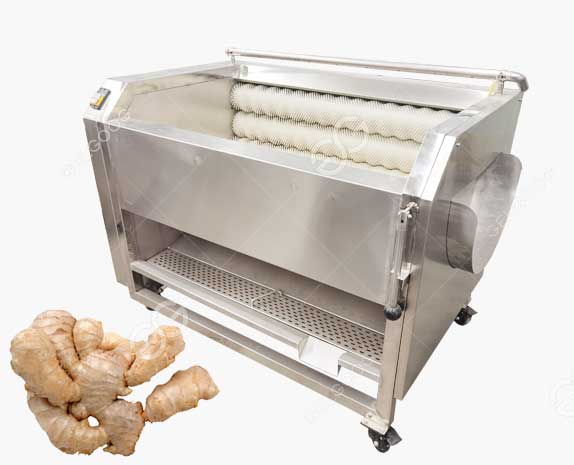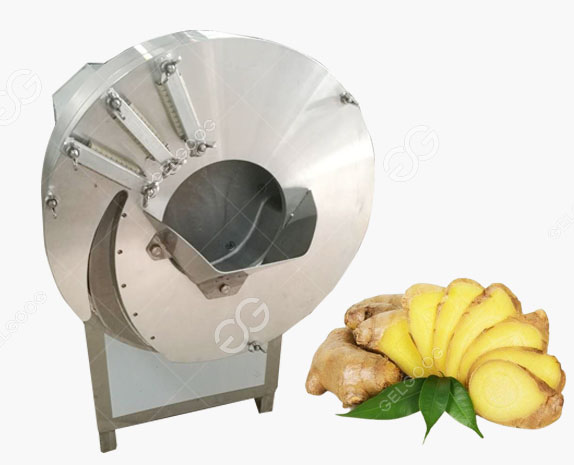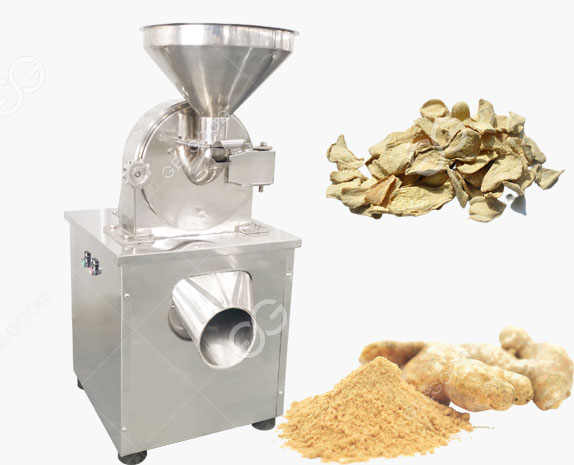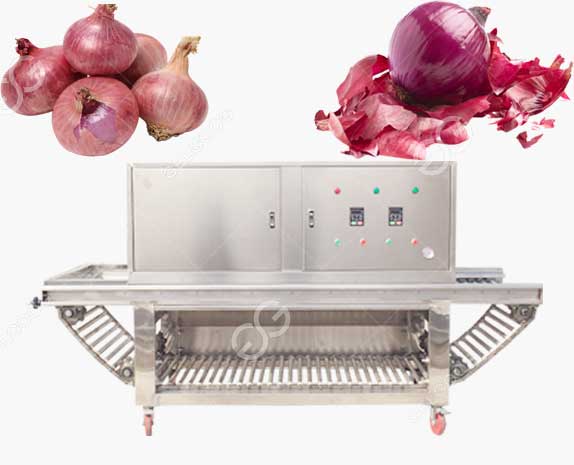Banana flour is a versatile gluten-free flour made from green bananas. It has gained popularity in recent years due to its nutritional benefits and unique properties. The process of making banana flour involves several steps in a factory setting. In this blog, we will explore each step in detail, providing a clear understanding of how this nutritious flour is produced.
Step 1: Selection of Quality Green Bananas
The first step in making banana flour is selecting high-quality green bananas. Green bananas are preferred because they contain more resistant starch, which is converted into dietary fiber during the production process. It is crucial to choose bananas that are free from blemishes, bruises, or signs of decay.
Step 2: Washing and Peeling
Once the bananas have been selected, they are thoroughly washed to remove any dirt, debris, or pesticide residues. Washing ensures the raw materials are clean and safe for processing. After washing, the bananas are peeled to remove the outer skin. The peeling process can be done manually or using specialized machinery, depending on the scale of production.
Step 3: Slicing and Drying
After peeling, the bananas are sliced into small pieces. These slices are then subjected to a drying process to reduce their moisture content. Drying can be accomplished through various methods, including sun drying, hot air drying, or freeze drying. Sun drying is the traditional method but may not be suitable for large-scale production. Hot air drying and freeze drying are commonly used in modern banana flour production facilities as they provide controlled and efficient drying.
Step 4: Milling and Grinding
Once the banana slices have been dried to the desired moisture level, they are milled into a fine powder. Milling breaks down the dried slices into smaller particles, making them easier to grind. The milled banana slices are then ground into a smooth flour-like consistency. Grinding ensures that the flour is uniform and free from any lumps.
Step 5: Sieving and Packaging
After grinding, the banana flour is passed through a sieve to remove any remaining coarse particles or impurities. Sieving helps achieve a finer texture and improves the overall quality of the flour. The flour is then ready for packaging. It is essential to store banana flour in airtight packaging to maintain its freshness, prevent moisture absorption, and extend its shelf life.
Step 6: Quality Control and Testing
Throughout the production process, quality control measures are implemented to ensure the final product meets the required standards. Samples from each batch are tested for moisture content, texture, color, and purity. Additionally, the flour is checked for microbial contamination to ensure it is safe for consumption.
Step 7: Storage and Distribution
Once the banana flour has passed quality control tests, it is stored in a designated area before distribution. Proper storage conditions, such as cool and dry environments, are maintained to preserve the quality and nutritional properties of the flour. The packaged flour is then distributed to wholesalers, retailers, or directly to consumers.
Conclusion:
Making banana flour in a factory involves a series of carefully executed steps. From selecting high-quality green bananas to packaging the final product, each stage plays a vital role in producing nutritious and gluten-free flour. Understanding these steps allows us to appreciate the effort and precision required to bring this versatile ingredient to our kitchens. Whether you're using banana flour for baking, cooking, or as a nutritional supplement, knowing its production process enhances your overall understanding and appreciation of this unique ingredient.




